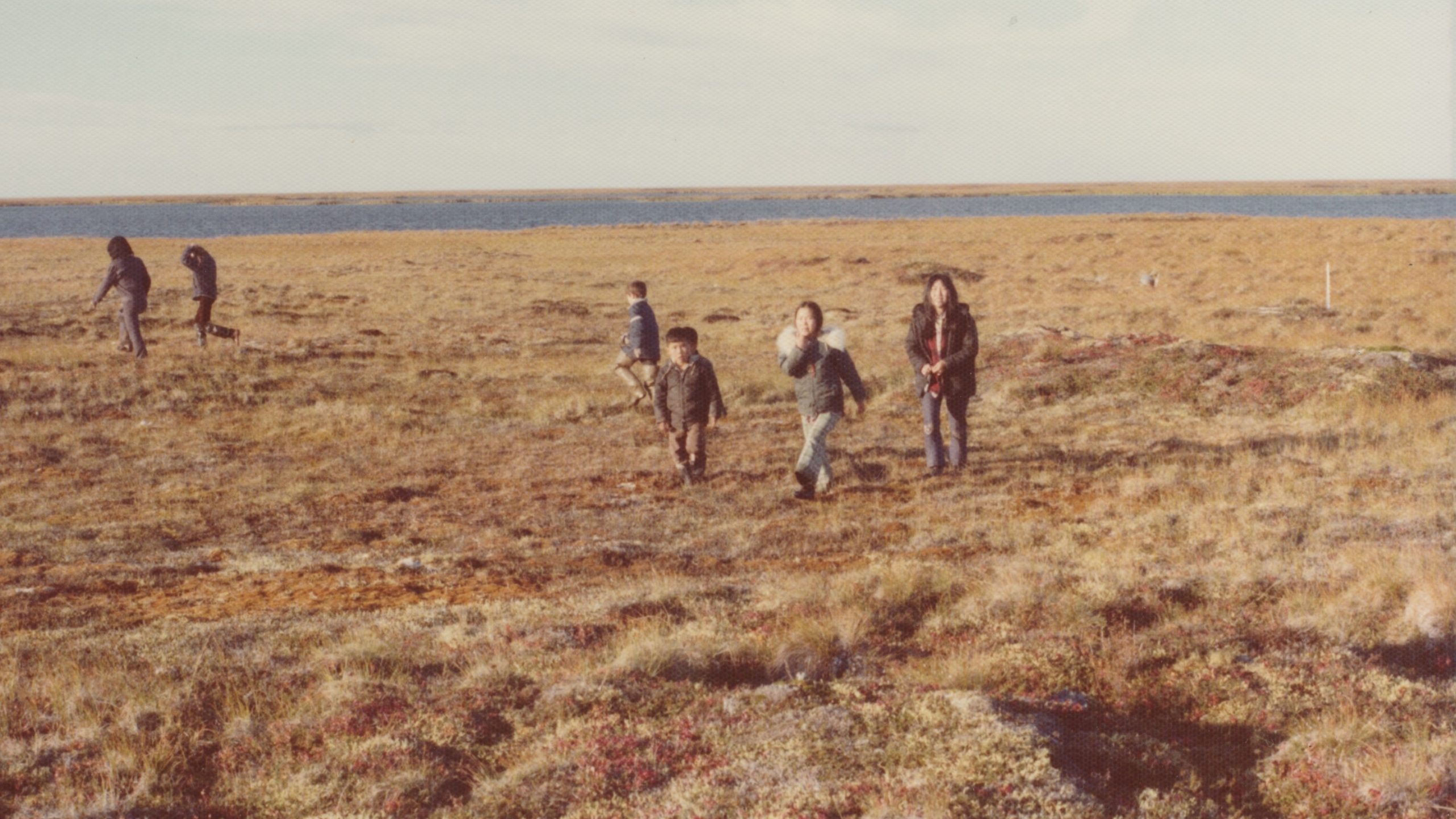In southwest Alaska, on the banks of the Ninglick River, the native Yup’ik Village of Newtok sits on permafrost that is melting as the climate warms.
Schaeffer: “They have extreme sinking of the village as well as extreme erosion, and so therefore they have no choice but to move. They have had miles of land lost to the river.”
Jackie Qataliña Schaeffer of the Alaska Native Tribal Health Consortium is working with Newtok as the community relocates to a site across the river nine miles away. So far, about half the village has moved.
She says relocating the village and building new homes and infrastructure is expensive and logistically challenging.
For example, construction season in the region only lasts about three months a year, so progress is slow.
Schaeffer says the old school is closing this year, but the new school is not yet ready.
And the old community has an outdated electrical system that’s no longer well maintained, while in the new village, the power system is overstressed and not growing fast enough.
Schaeffer: “We have a community split in half. We have one tribal government try to govern and operate two systems, two communities.”
So as the climate warms, relocation is necessary. But it’s a long, difficult process.
Reporting credit: Sarah Kennedy / ChavoBart Digital Media
We help millions of people understand climate change and what to do about it. Help us reach even more people like you.
Source link


